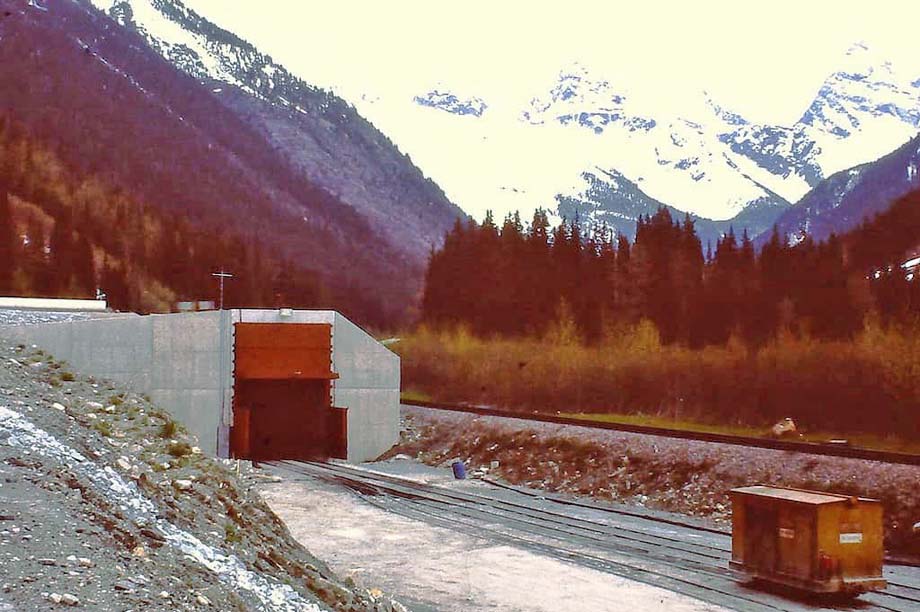
Lakewood Colorado USA
Ross Peak British Columbia - Canada has a rich history of evolving infrastructure that includes
innovations in tunnels and railways.
In fact, many beautiful tunnels built in the 19th and 20th centuries are still in use today.
This article will explore Canada's history of tunnels and reveal the longest train tunnel in Canada.
The earliest tunnels in Canada were carved through rocky terrain for mining purposes during the 18th and 19th
centuries.
The construction of the St. Clair Tunnel in 1891, connecting Ontario and Michigan, marked a significant milestone as
the world's first international submarine railway tunnel.
Subsequently, the Canadian Pacific and Canadian National Railways played crucial roles in tunnel construction to
facilitate smoother rail travel through mountainous regions like the Rockies and the Selkirks.
The longest train tunnel in Canada is the Mount MacDonald Tunnel, which stretches for approximately 14.7 kilometers
(9.1 miles).
While the exact width and height can vary within the tunnel, the height is about 7.9 meters (25 feet and 10 inches),
and width is usually between 5.2 and 5.5 meters (17 and 18 feet).
Location
The Mount MacDonald Tunnel, also known as the Connaught Tunnel, traverses Roger's Pass in the Selkirk Mountains and
Rocky Mountains of British Columbia.
 Absolutely incorrect, the Connaught Tunnel is totally separate and
was the first to be built under Rogers Pass in 1916.
Absolutely incorrect, the Connaught Tunnel is totally separate and
was the first to be built under Rogers Pass in 1916.
It is a significant engineering achievement within the Canadian rail network that travels across rugged,
mountainous, terrain.
The tunnel is part of the Canadian Pacific Railway's mainline and provides a crucial transportation route through the
challenging Rocky Mountains.
Construction
Construction of the Mount MacDonald Tunnel began in 1985 and was completed in 1988.
The unforgiving mountainous environment and geological conditions of the area posed significant obstacles during
construction.
The tunnel's creation required extensive excavation, rock removal, and the implementation of advanced engineering
techniques to ensure stability and safety.
The tunnel's completion, however, marked a significant enhancement to the Canadian rail network.
It improved the efficiency and effectiveness of rail transportation through the Rocky Mountains.
The tunnel is still active today.
Throughout its history, the Mount MacDonald Tunnel has been utilized most extensively for the transportation of bulk
commodities.
In the past, it played a significant role in the transportation of valuable materials.
This included coal, minerals, and timber, which were crucial to Canada's growing economy.
These commodities powered industries and contributed to the nation's development.
In more recent times, the tunnel has continued to serve as a vital conduit for the movement of goods.
It accommodates a wide spectrum of freight, from agricultural products to manufactured goods.
Additionally, the tunnel has also facilitated the movement of passengers, connecting different regions of
Canada.
 "movement of passengers" is a misleading statement.
"movement of passengers" is a misleading statement.
The scenic surrounding landscape has made the rail journey through the Mount MacDonald Tunnel an attractive option
for travelers seeking a breathtaking experience.
Jesse Elop.
(likely no image with original article)
(usually because it's been seen before)
provisions in Section 29 of the
Canadian Copyright Modernization Act.
